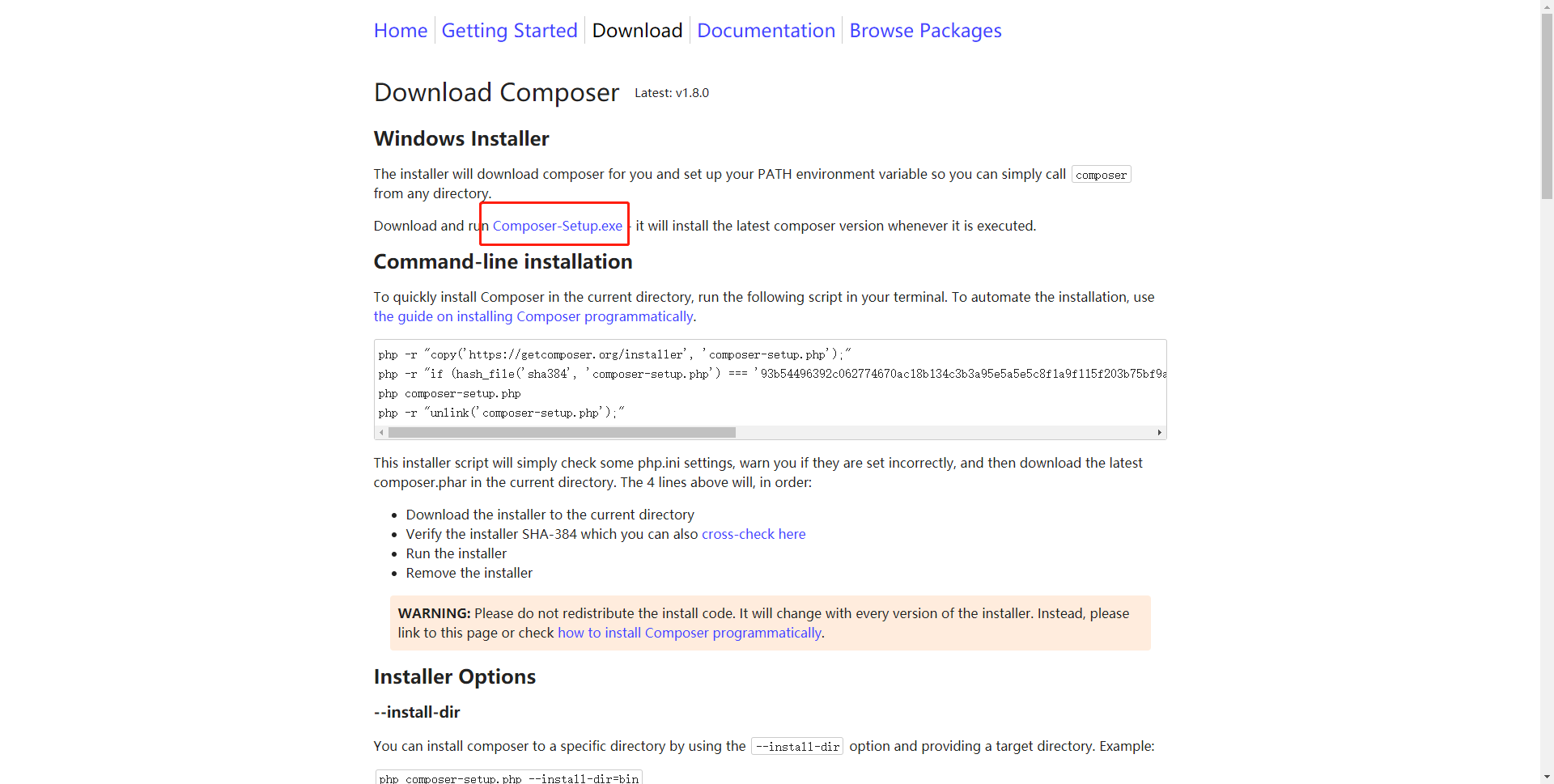

- Phpstorm for laravel how to#
- Phpstorm for laravel install#
- Phpstorm for laravel code#
- Phpstorm for laravel download#
The first database is named using the value of your DB_DATABASE environment variable and is for your local development.

In addition, the first time the MySQL container starts, it will create two databases for you. This container uses a Docker volume so that the data stored in your database is persisted even when stopping and restarting your containers.
Phpstorm for laravel install#
Of course, these steps assume that your existing local development environment allows you to install Composer dependencies:Īs you may have noticed, your application's docker-compose.yml file contains an entry for a MySQL container. If you are interested in using Sail with an existing Laravel application, you may simply install Sail using the Composer package manager. Installing Sail Into Existing Applications During installation, you will be asked to choose which Sail supported services your application will be interacting with.
Phpstorm for laravel how to#
To learn how to create a new Laravel application, please consult Laravel's installation documentation for your operating system. Laravel Sail is automatically installed with all new Laravel applications so you may start using it immediately. Laravel Sail is supported on macOS, Linux, and Windows (via WSL2). The sail script provides a CLI with convenient methods for interacting with the Docker containers defined by the docker-compose.yml file. Sail provides a great starting point for building a Laravel application using PHP, MySQL, and Redis without requiring prior Docker experience.Īt its heart, Sail is the docker-compose.yml file and the sail script that is stored at the root of your project. Laravel Sail is a light-weight command-line interface for interacting with Laravel's default Docker development environment. Installing Sail Into Existing Applications.For instance, laravel new blog will create a directory named blog containing a fresh Laravel installation with all of Laravel's dependencies already installed: laravel new blogĪlternatively, you may also install Laravel by issuing the Composer create-project command in your terminal: composer create-project -prefer-dist laravel/laravel blogĪfter doing either of these your project directory should include the proper Laravel directories with all dependencies properly set up. Once installed, the laravel new command will create a fresh Laravel installation in the directory you specify. Make sure to place the $HOME/.composer/vendor/bin directory (or the equivalent directory for your OS) in your $PATH so the laravel executable can be located by your system.
Phpstorm for laravel download#
The Installing Laravel section of the documentation shows two ways to create a Laravel project: Via Laravel Installerįirst, download the Laravel installer using Composer: composer global require "laravel/installer" It looks like you may have downloaded Laravel itself instead of creating a Laravel project. "Illuminate\\Foundation\\ComposerScripts::postUpdate", "Illuminate\\Foundation\\ComposerScripts::postInstall", Which after checking, that method is there.
Phpstorm for laravel code#
Script php artisan optimize handling the post-update-cmd event returned with error code 1 I have the Laravel source but its not ready for development yet.ĭoes this make sense? Am I over complicating things? However in mine, I have a vendor directory with all the dependencies but nothing is actually installed. Seems at this point all the examples I have found are magically working. However, this is where it gets different. I have ran php composer install which downloaded the dependencies. So I am having issues getting Laravel installed locally. I have checked out many examples of this but for some reason, either I am missing an assumed step or I'm just doing it wrong.


 0 kommentar(er)
0 kommentar(er)
